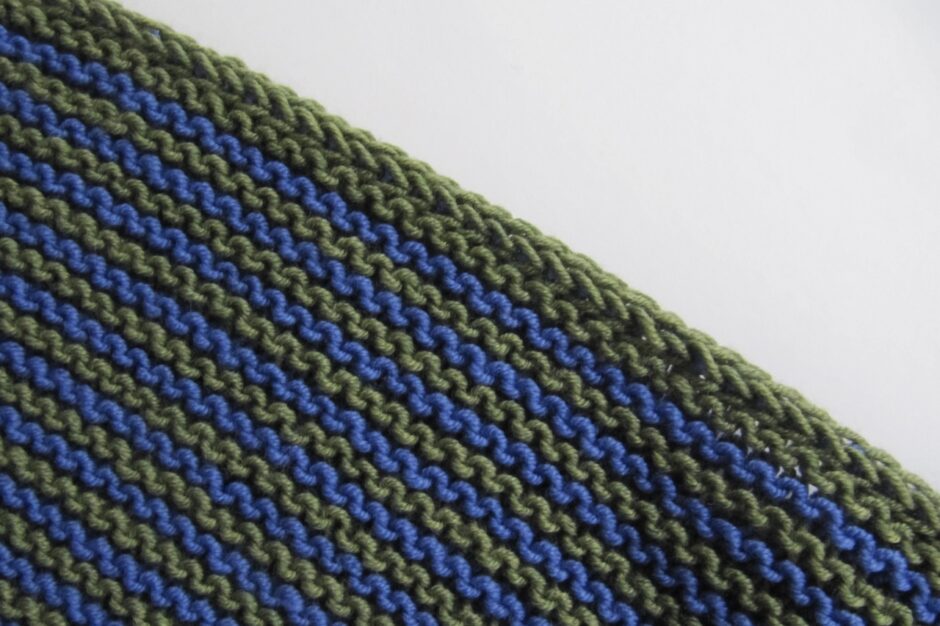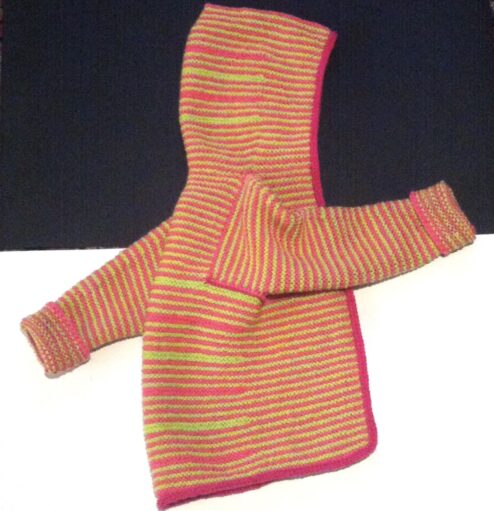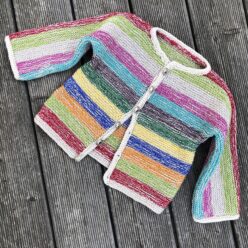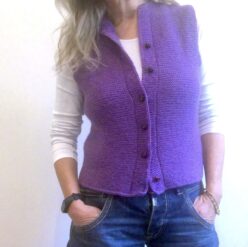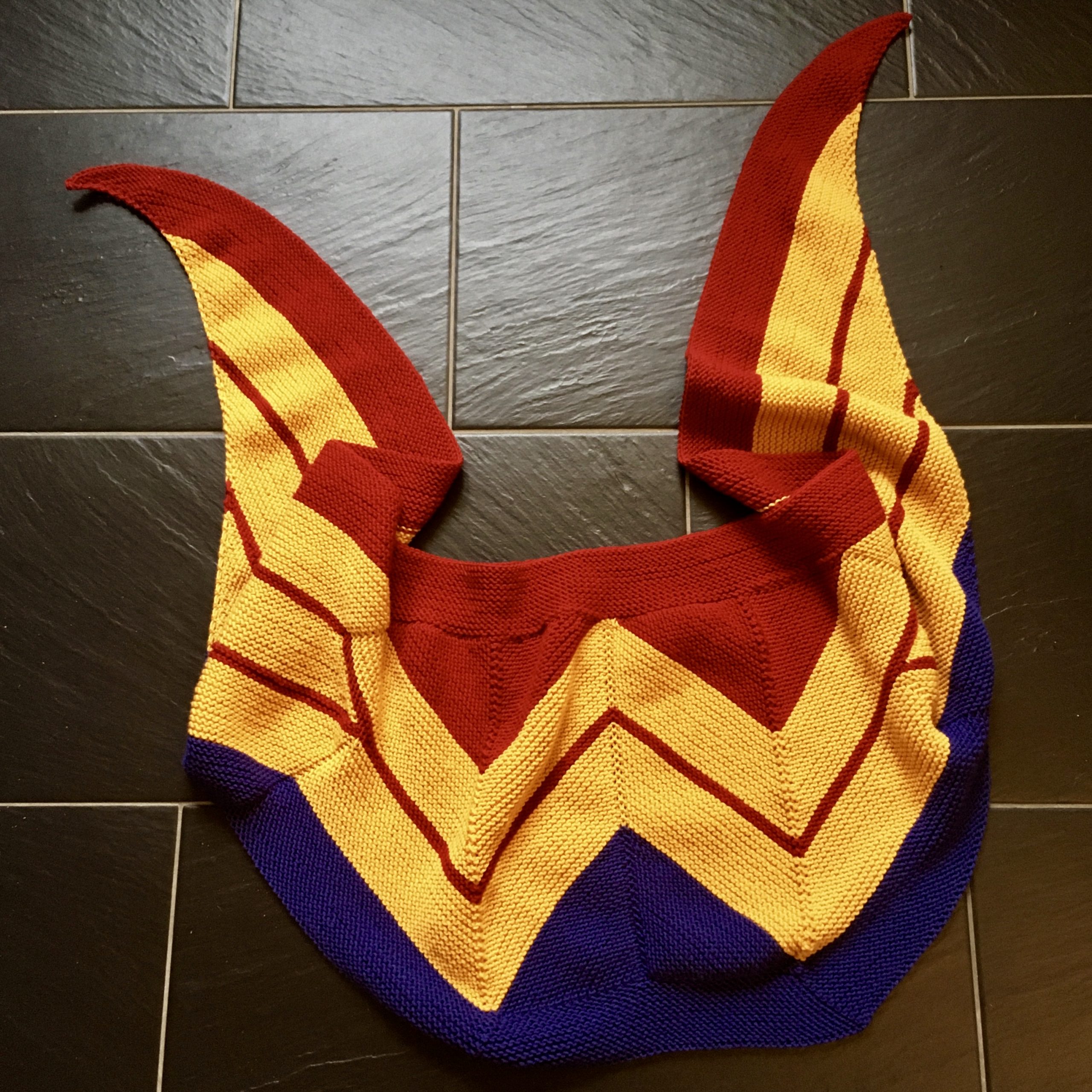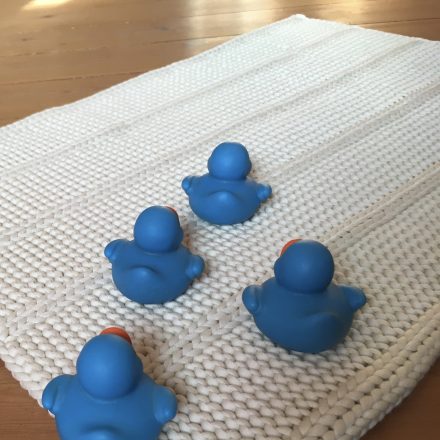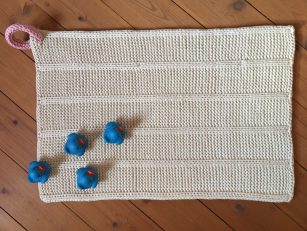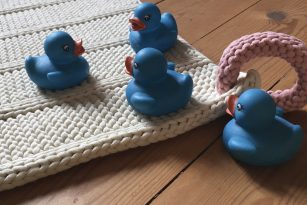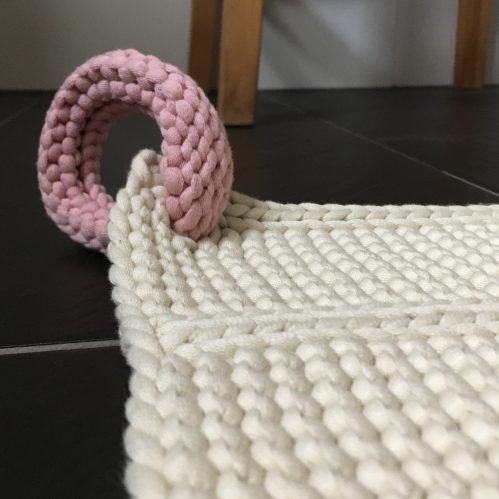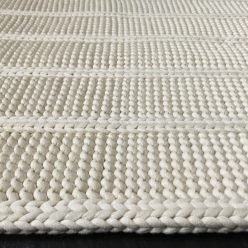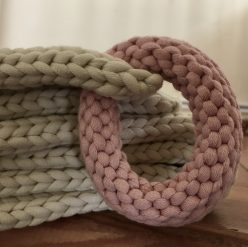„Einfach gestrickt, massentauglich, die Propaganda durch permanente Wiederholung verstärkend“ schrieb die Welt kürzlich zum Tod des russischen Choreographen Juri Grigorowitsch, der mehr als drei Jahrzehnte lang das Ballett des Moskauer Bolschoi Theaters geprägt hat. Gehört habe ich das in der Presseschau des Deutschlandradio, als ich – wie so oft – auf dem Weg ins Büro im Stau stand.
Zeit genug, da eine Weile drüber nachzudenken.
Einfach gestrickt … für mich ist das ein Synonym für krausrechts gestrickte Maschen. Garter stitch. So einfach – so gut. Ein schlichtes, schönes Maschenbild, unkompliziert zu stricken, die Textur „squishy“ (was sich auf deutsch nicht sagen läßt) und das Ergebnis doch immer etwas Besonderes. Ich mag es sehr!
Aber kaum verläßt die Redewendung den Bereich der Wolle, dachte ich, ändern sich Bild und sprachliche Bedeutung. Die einfach gestrickten Werke eines Choreographen – das hört sich nach Vielem an, aber sicher nicht nach einem Kompliment.
Aber wo kommt das her? War das früher nicht anders? Ich meine mich zu erinnern, dass früher deutlich weniger Wertung mitschwang; einfach gestrickt war weder negativ noch positiv konnotiert.
Nun ist Sprache ist ein lebendiges System, das sich ständig weiterentwickelt. Und so hat sich die Bedeutung von einfach gestrickt offensichtlich zunehmend ins Abwertende verschoben. Einfach gestrickt steht jetzt für einfältig, naiv, dümmlich. Denen, die als einfach gestrickt gelten, wird intellektuelle Schlichtheit oder mangelnde Reflexionsfähigkeit unterstellt. Die früher neutrale Beschreibung ist heute eher eine subtile, manchmal sogar offene Beleidigung. Der einfach gestrickte Joey Tribbiani in Friends – kindlich, naiv, zugänglich. Trotzdem ist er der Depp. Ein liebenswerter Depp, aber ein Depp. Verrückt, oder?
Manchmal (selten) ist es noch anders. Manchmal schwingt die ursprüngliche Wertschätzung für Unkompliziertheit und Bescheidenheit noch mit. Wer sein Leben bewusst einfach hält, sich nicht von gesellschaftlichen Erwartungen treiben lässt und mit wenig zufrieden ist, gilt dann ebenfalls als einfach gestrickt.
Geringschätzung und Anerkennung, Spott und Sympathie. Ergebnis meiner Überlegungen? Keins. Es ging mir nur durch den Kopf heute morgen und da dachte ich, ich schreib’s mal auf, ehe ich zu meinem eigenen einfach gestrickt zurückkehre.
Abgesehen davon hat es Spaß gemacht, mal wieder alte Bilder anzusehen und mich an Dinge zu erinnern, die ich vor Jahren (die violette Weste Ambling Alp, die Tomten-Jacken nach der Anleitung von Elizabeth Zimmermann, das Knit Your Love Tuch von Martina Behm …) gestrickt habe.
Verlinkt zum Samstagsplausch
